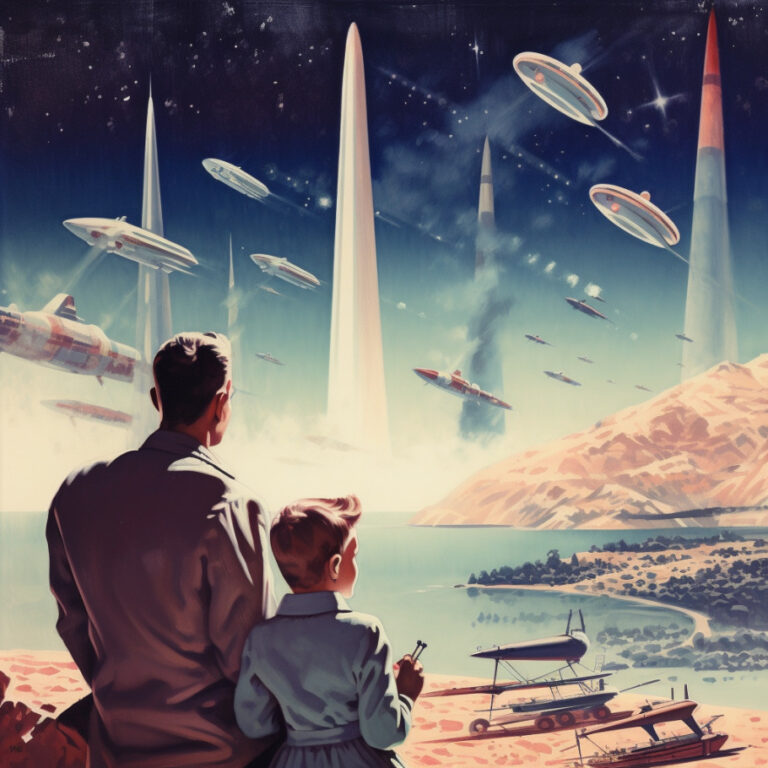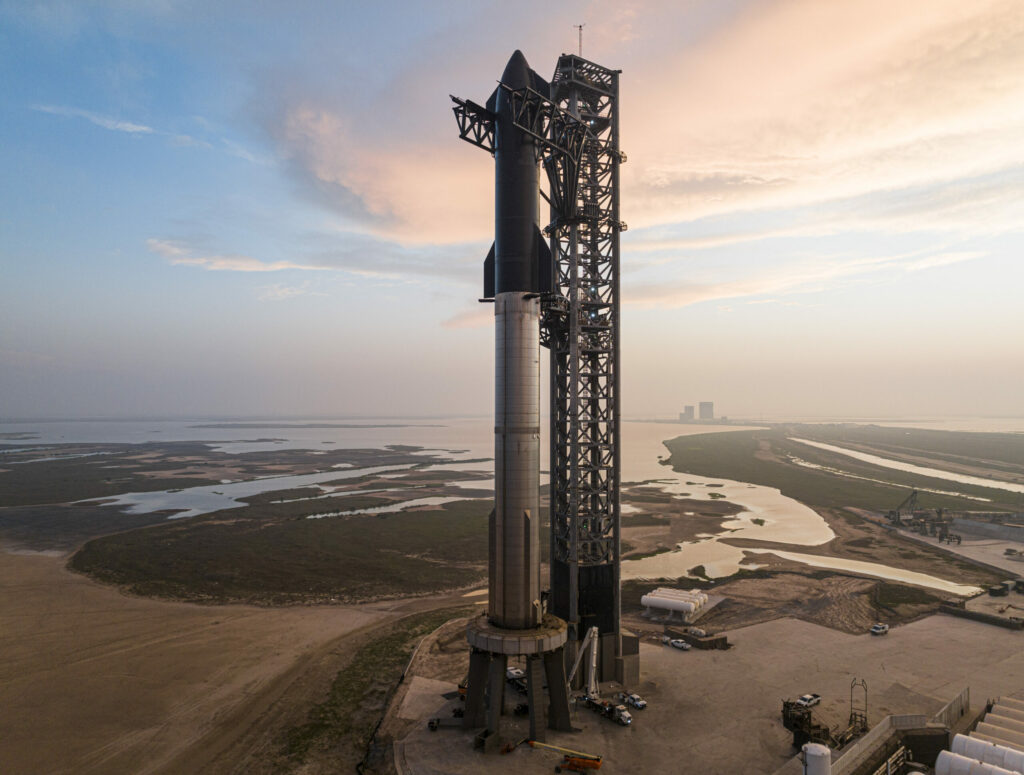
In the year of ’70, a star was born,
A child of Earth, of space forlorn.
The fire of hope, it burned and spread,
A cosmos vast, a dream to love.
As time marched on, the space age stalled,
Yet stars remained, as dreams adjourned.
With SpaceX, a new age dawned,
Mars as a goal, to reach beyond.
A ship called Starship, with power and grace,
A Martian dream, once more in view.
Now hope rekindled, as rockets rise,
A generation’s dreams, to touch the skies.
– ChatGPT
I’m going a little off the Product Leadership path here, but I wanted to share my sense of excitement about the progress we are finally making toward space exploration. The SpaceX Starship, NASA’s Artemis lunar missions, and the promise of fast internet anywhere in the world through Starlink are just a few of the things that have me eagerly anticipating the future of space travel.
For those of us born in the “space age,” the Space Shuttle Challenger disaster was a defining moment, and, since then, it seemed as if the US space program had lost its way. This was quite disappointing for all of us who grew up with Star Wars and Star Trek and regularly drank Tang (because it was the drink of the astronauts!). With space travel back in the spotlight, our spirits are looking up toward the stars once again.
The excitement around the SpaceX Starship is palpable. It’s an ambitious spacecraft that promises to take us to the Moon, Mars, and beyond. It’s fully reusable, and it’s designed to make space travel more accessible and affordable. The recent test flight may not have gone through its entire scope, but it was still a major milestone in the development of this groundbreaking spacecraft.
Meanwhile, NASA’s Artemis program is gearing up for a new era of lunar exploration. The program aims to land the first woman and the next man on the Moon by 2024, and it will lay the foundation for sustainable exploration of the Moon and beyond. This ambitious mission has already captured the public’s imagination, and it’s a clear sign that we’re on the brink of a new era of space exploration.
But it’s not just about the Moon and Mars. Private space companies like Blue Origin and Virgin Galactic are working on suborbital flights that will give ordinary people the chance to experience weightlessness and see the Earth from a new perspective. These flights may be short, but they have the potential to ignite a new wave of enthusiasm for space travel.
With space travel back in the spotlight, our spirits are looking up toward the stars again. The combination of rocketry and computers is the key to success. As we continue to develop the systems of hardware, physics, and software, we can create a consistently safe and reliable way to explore the stars.
So, yes, I was up early twice last week to see the Starship test flight. While it did have a “Rapid Unscheduled Disassembly”, it was still the largest rocket ever to launch and it gives me hope that our travels into space, which have been on pause for decades, are about to begin anew.

